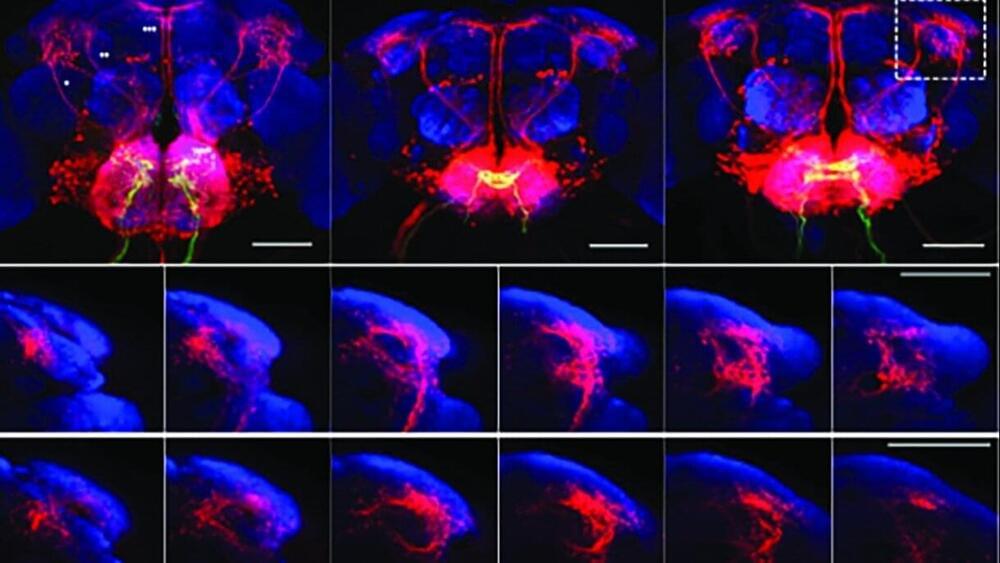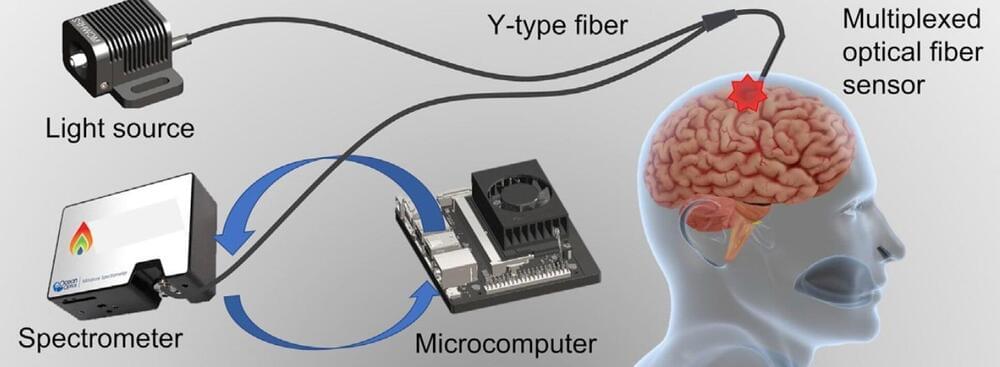Headlines such as “MACHINE COMES TO LIFE” and “GOOGLE ENGINEER URGENT WARNING” have led many to believe that science fiction has become reality, with artificial intelligence reaching the level of human consciousness. What are the religious implications? And what are the facts? What do we know about how artificial intelligence really operates?
Get the latest international news and world events from around the world.



MIT engineers develop a chip-free, wireless electronic skin to monitor health
In a significant development, Massachusetts Institute of Technology (MIT) engineers have developed a new category of wireless wearable skin-like sensors for health monitoring that doesn’t require batteries or an internal processor.
The team’s sensor design is a form of electronic skin, or “e-skin” — a flexible, semiconducting film that conforms to the skin like electronic Scotch tape, according to a press release published by MIT.
“If there is any change in the pulse, or chemicals in sweat, or even ultraviolet exposure to skin, all of this activity can change the pattern of surface acoustic waves on the gallium nitride film,” said Yeongin Kim, study’s first author, and a former MIT postdoc scholar.

How Mathematicians Make Sense of Chaos
In 1,885, King Oscar II of Sweden announced a public challenge consisting of four mathematical problems. The French polymath Henri Poincaré focused on one related to the motion of celestial bodies, the so-called n-body problem. Will our solar system continue its clocklike motion indefinitely, will the planets fly off into the void, or will they collapse into a fiery solar death?
Poincaré’s solution — which indicated that at least some systems, like the sun, Earth and moon, were stable — won the prestigious prize, and an accompanying article was printed for distribution in 1889. Unfortunately, his solution was incorrect.
Poincaré admitted his error and paid to have the copies of his solution destroyed (which cost more than the prize money). A month later, he submitted a corrected version. He now saw that even a system with only three bodies could behave too unpredictably — too chaotically — to be modeled. So began the field of dynamical systems.

Using new technique, researchers make surprising discoveries about how flies’ brains respond to tastes
Taste matters to fruit flies, just as it does to humans: like people, the flies tend to seek out and consume sweet-tasting foods and reject foods that taste bitter. However, little is known about how sweet and bitter tastes are represented by the brain circuits that link sensation to behavior.
In a new study published in Current Biology, researchers at Brown University described how they developed a new imaging technique and used it to map the neural activity of fruit flies in response to sweet and bitter tastes.
“These results show that the way fly brains encode the taste of food is more complex than we had anticipated,” said study author Nathaniel Snell, who earned his Ph.D. in neuroscience from Brown in 2021 and conducted the research as part of his thesis.

New AI-enabled, optical fiber sensor device could help monitor brain injury
A new AI-enabled, optical fiber sensor device developed at Imperial College London can measure key biomarkers of traumatic brain injury simultaneously.
The “promising” results from tests on animal brain tissues suggest it could help clinicians to better monitor both disease progression and patients’ response to treatment than is currently possible, which indicate the high potential for future diagnostic trials in humans.
People who experience a serious blow to the head, such as during road traffic accidents, can suffer traumatic brain injury (TBI)—a leading cause of death and disability worldwide that can result in long-term difficulties with memory, concentration and solving problems.



Ingenuity Team Spun Up for Upcoming Flight 30
It’s been over a month since we last updated our blog about our winter warrior, currently around 96 million miles away. At present the team is preparing for Ingenuity’s next flight, which could take place as early as this weekend. This 30th sortie will be a short hop – which will check out our system’s health after surviving 101 sols of winter, collect landing delivery data in support of NASA’s Mars Sample Return Campaign, and potentially clear off dust that has settled on our solar panel since Flight 29.
What’s Happened Lately
It’s still winter at Jezero Crater, which means overnight temperatures are as low as -124 degrees Fahrenheit (−86 Celsius). Winter at Mars also means the amount of solar energy hitting our solar panel remains below what is needed to maintain charge in our batteries both day and night. However, during the day the panel continues to create enough charge to make shorter hops possible. That’s what we did on Flight 29 and is our plan for Flight 30.